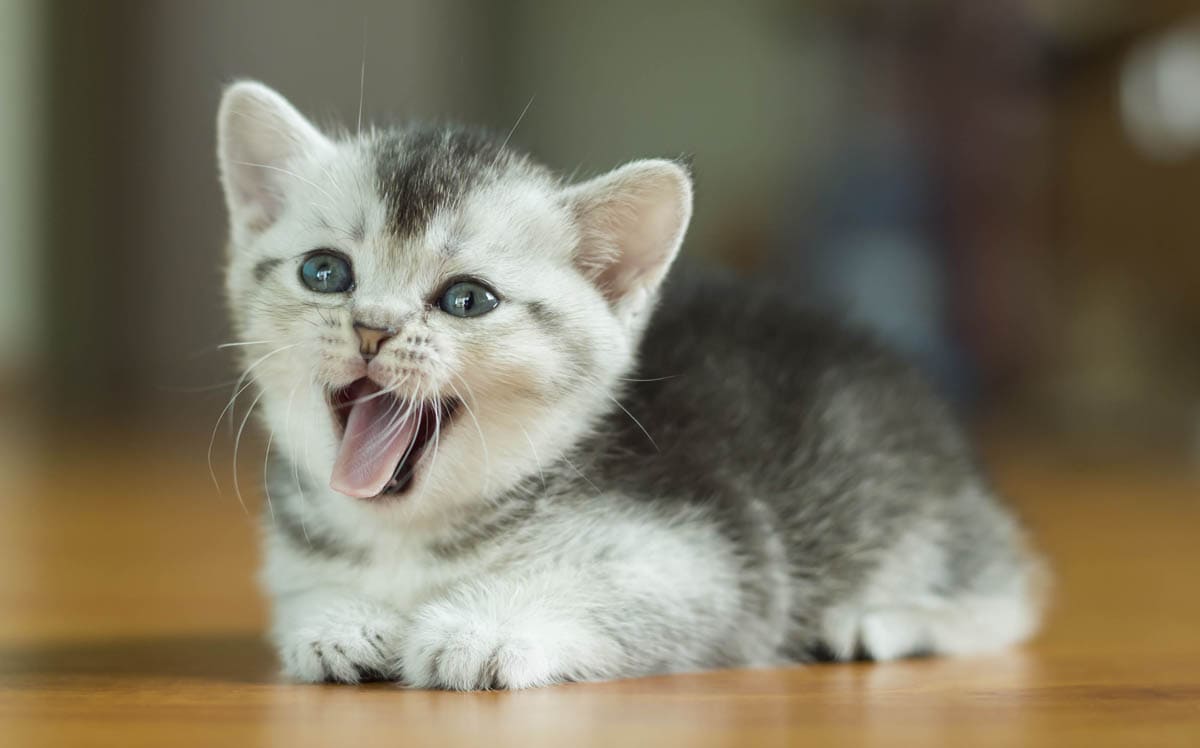When do cats stop growing?
Most cats have stopped growing by twelve months, which is approximately 15 years in human terms. Some cats may continue to fill out for several months beyond their first birthday. Large cat breeds which include the Maine Coon, Siberian, Ragdoll and Birman don’t reach their full size until 3-4 years of age.
When do cats reach sexual maturity?
Cats reach sexual maturity around six months, although some kittens, particularly Asian breeds such as Siamese and Oriental may reach puberty and become pregnant as early as four months.
Once the female reaches sexual maturity she will go into heat (estrus). Signs of estrus include loud calling, rolling on the ground, the cat becomes more affectionate and if stroked along the back, near the base of the tail will assume a mating position with the rear end raised. Male cats may begin territorial marking, and the testicles are more prominent.
Pet owners are advised to spay or neuter all cats before the onset of sexual maturity to prevent accidental litters. A six-month-old cat may be able to become pregnant, but she is not physically ready to carry a pregnancy to term or socially ready to raise a litter of kittens until she is at least 12 months old. Desexing greatly reduces territorial spraying in male cats and prevents pyometra (infection of the uterus), testicular cancer and greatly reduces the incidence of mammary cancer in females.
When is a cat an adult?
A cat is considered an adult at twelve months, many will retain kitten-like behaviours for much longer.
When should you switch from kitten food to adult food?
Kittens usually transition to adult food around 12 months. When changing food, do so gradually over a few days by adding some of the new food to the old and gradually increasing the new type and decreasing the old.
What is the average size of an adult cat?
- Weight: 4-5 kg (9.9 – 11 pounds)
- Height (feet to shoulders): 28 cm (11 inches)
- Length (nose to base of tail): 45 cm (18 inches)
The size and weight of a cat vary depending on the breed, and body shape of the cat. Small adult cats can weigh as little as 3 kg (6.6 pounds), and a large Maine Coon can weigh as much as 11 kg (24 pounds).
Male cats are typically larger than female cats.
Cat development milestones
- Birth: Kittens are born with eyes closed and ears folded. They weigh between 90-100 grams. The umbilical cord stump falls off around day three. By the end of the first week, the kitten has doubled its weight.
- Week 2: Eyes begin to open and incisors erupt.
- Week 3: Ears are now erect and kittens start to explore.
- Week 4: Canine teeth (fangs) have erupted and the hearing is now well developed.
- Week 5: The kitten’s eyesight is now fully developed and the kittens start to eat solids.
- Weeks 6 to 8: Eye colour begins to change. Kittens should receive their first vaccination between 6-8 weeks.
- 12-16 weeks: Kittens begin to lose their baby teeth to make room for the larger adult (or permanent) teeth. Second vaccination between 10-12 weeks.
- 14-16 weeks: Kittens should receive their third vaccination.
- 6 months: Kittens are reaching sexual maturity, all adult teeth are in.
- 12 months: Kittens are now reaching adulthood.

